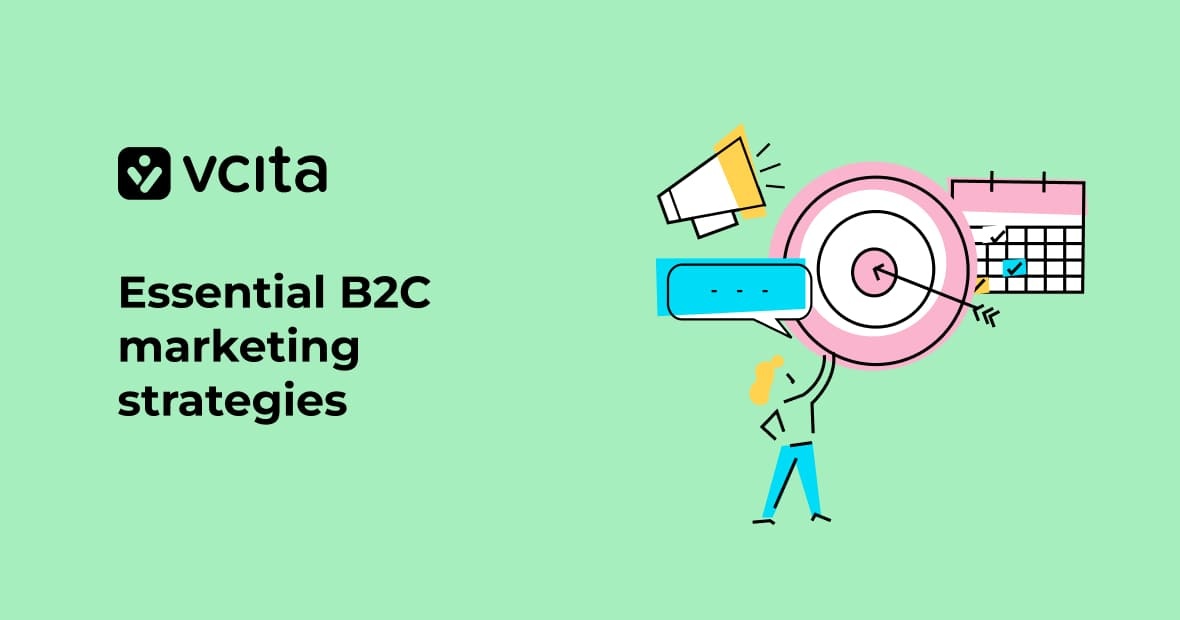Looking for an easy way to increase sales and customer retention? A loyalty program might be just the thing you need.
Loyalty programs have the potential to prevent your customers from checking out your competition, while increasing your professionalism. Developing a loyalty program is quite simple and, if you use the right tools, can be implemented quickly and effectively.
If you are looking to improve your relationships with your customers while demonstrating how professional your business is, it might be time to consider a customer loyalty program.
What is a customer loyalty program?
A customer loyalty program is a system your business has in place that rewards loyal customers. It’s a great way to turn a one-time customer into a loyal customer and encourage customers to make multiple purchases.
There are many different types of loyalty programs, such as refer-a-friend, rewards points, coupons and more. Choosing the right one for your business depends on your budget and business goals, but a quick read of this article should point you in a better direction.
What are the benefits of a customer loyalty program?
There are a number of reasons why you should be considering a customer loyalty program. First off, they help you build strong, long-lasting relationships with your customers. Rewarding customers who often purchase a product or service is a great way to make them feel seen and appreciated, upping the chances they’ll come back for more.
In addition, customer loyalty programs encourage repeat business, which helps your business save money as lead generation is 5 times more expensive than nurturing existing customers. This means that having a customer loyalty program in place, even if it costs your business a bit, is cheaper than attracting new leads.
Finally, having a customer loyalty program helps set your business apart from the competition, especially if your loyalty program is unique and beneficial to your customers. And standing out is the new “in”, especially for small businesses that not only have other local businesses to compete against but also big brands that have the luxury of offering some lucrative loyalty programs.
7 Types of customer loyalty programs for small businesses
With a stricter budget, you may not be able to develop your own app that will reward your customers, but there are a few items from the list below that you could implement right away.
1. Try out a punch card
A punch card is a physical or virtual card that rewards customers for purchases they make. Customers start off with a full card and for each purchase they make a point gets added/deducted. Once they reach a certain amount of points, they get a discount or a free service. For example, if you own a nail salon, perhaps you gift each customer’s tenth manicure a 25% discount.
You can print out your own cards at a print shop or create a virtual one with a punch card app, there are many on the market. Though creating a virtual one might be a bit pricier, the repeat business could outweigh the financial outlay.
2. Make a points program
Similar to a punch card, this loyalty program awards customers with points for each purchase they make. Then, once they have acquired enough points, they can trade them in for services or products you offer. Let’s go with the nail salon example again. For each manicure, a customer could be awarded 50 points. A free manicure could run for 300 points, meaning the customer’s sixth appointment would be free.
With this loyalty program it is important to make sure that the free or discounted item isn’t too hard to achieve. If your customers need to accrue thousands of points in order to redeem the prize, it will likely turn them off of the loyalty program altogether and defeat the purpose of your efforts in the first place.
3. Consider a membership program
Customers like feeling part of an exclusive community, and that’s why membership programs work. The idea behind this loyalty program is that customers sign up and either pay a monthly membership fee or sign up for free, and receive discounts or giveaways just for being a member.
You can even create different types of memberships that are tiered and offer different rewards for different memberships. A basic membership might include a 5% discount, whereas a premium membership might offer a 25% discount and a free giveaway.
4. Refer-a-friend programs bring more customers
This loyalty program is doubly effective. It not only creates repeat business, since the customer who is referring your business to others is accruing a reward for each person they bring, but it also brings an influx of new customers that are being referred to you by happy customers. In addition, it takes away the stress of impressing and acquiring a new customer because your business has already been talked up by your loyal customer.
Refer-a-friend programs help to build trust with potential customers as new customers are likely to listen to their friends’ recommendations. This is especially important if your business doesn’t have a traditional brick and mortar location where these potential customers can come and take a look around.
5. Upsell and offer BOGO deals
Knowing what your customers need is a big part of offering a loyalty program. It is crucial to ensure that the loyalty program you are implementing is attractive to your customer base. This knowledge will also help you upsell your services and offer BOGO (buy-one-get-one) deals. If we take the nail salon example again, you could offer a Buy One Manicure Get One Free deal which would ensure the customer comes back for their free offer.
Though this loyalty program is extremely attractive, it also takes a big cut of your profits so you want to make sure you’re doing it right. You don’t want this to be a permanent deal as that might lose you money, but pulling out the BOGO deals once in a while could definitely boost your sales and ultimately, your bottom line.
6. Take advantage of special occasions
One of the best and easiest ways to implement a loyalty program is to take advantage of special holidays and occasions. Send out a coupon or post about a deal you are promoting for the holiday of your choice. Sure, Christmas and Valentine’s day are given holidays where deals are expected, but if you’re a vet, then “Dress Up Your Pet Day” might be an opportunity to increase sales and visits by offering a discounted check up. Using a tool like vcita can help you create and send out coupons with ease.
You might also consider giving a gift for these holidays instead of a discount. A free dog tag for pets, or a small nail kit for customers are just a few examples that will keep your business at the top of these customers’ minds.
7. Partner with other local small businesses
Consumers are always looking for more. More discounts, more offers, and more bargains. By partnering with another local business you not only grow your network, but you also gain new customers. A partnership loyalty program offers discounts at participating businesses. So, if you’re our nail technician, you might partner with a local hair salon. So the hair salon would offer a discounted manicure to its customers, and you would offer a discounted haircut to each customer that gets their nails done.
This “in cahoots” work is beneficial to both sides of the partnership and could be an easy, no brainer way of incorporating a loyalty program in your business. Simply contact local businesses around your area and ask them! Most small businesses should jump at the chance to partner with others as it benefits not only the business, but your customers as well.
Reward loyalty and you’ll be rewarding your business
How do you know if your customer loyalty program works? Well, if it inspires customers to come back for repeat business and works within your business budget, then it’s the right choice for you. One of the most important things to remember is to be flexible. You might find that you try a certain program that doesn’t work for your business, then it’s time to change course and try out a different approach.
Either way you go, implementing a customer loyalty program strengthens your relationships with your customers, helps expand your reach, allows you to compete with bigger brands and other businesses, and increases your bottom line.





